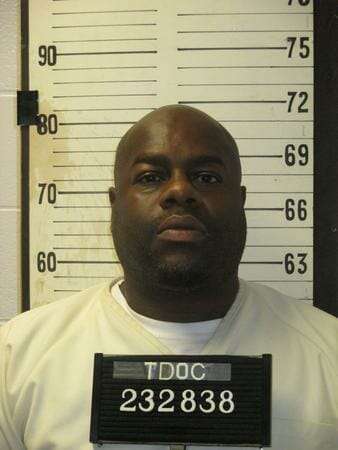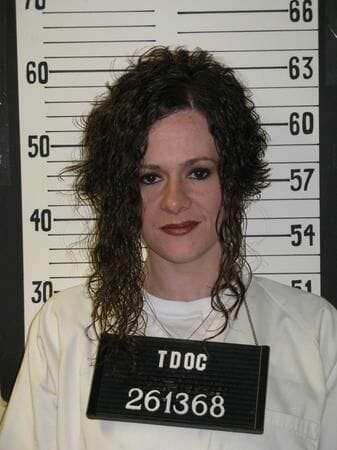Preston Carter Tennessee Death Row
Preston Carter was sentenced to death by the State of Tennessee for a double murder. According to court documents Preston Carter and accomplices forced their way into an apartment and would murder a couple, Thomas and Tensia Jackson, inside. According to police the group thought they were breaking into a drug dealers apartment however they … Read more








